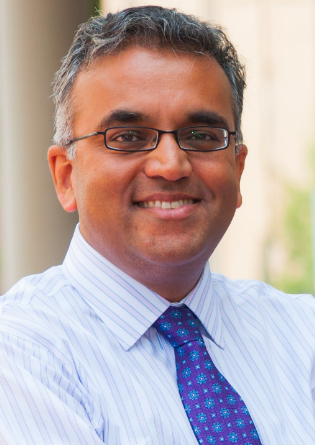
We examined the pay of CEOs across U.S. hospitals and found that some CEOs got paid a lot more than others. This was not surprising. CEOs of larger, urban, teaching hospitals get paid a lot more than CEOs of small, rural, non-teaching institutions. But the disappointment was around quality: we found no relationship between a hospital’s quality performance and the pay of the CEO. Holding size, teaching, and other factors constant, what was the pay of CEOs of hospitals with high mortality rates?
About the same as CEOs of hospitals with low mortality rates. What about other quality measures? Most of them didn’t really seem to matter, with the exception of patient experience, which correlated nicely with CEO compensation. It seems that when setting CEO compensation, patient outcomes are not a big part of the discussion. How could this be, and why does it matter?
How you set incentives for senior managers says a lot about your priorities. Boards generally set the salary for their CEOs and they clearly reward patient satisfaction scores. That’s good. They also seem to reward the things that build hospital reputations: having the latest technology such as a PET scanner or academic status. But are boards rewarding CEOs based on mortality rates or adherence to basic quality metrics? Not so much. Why not? I’ve spoken to a lot of board chairpersons over the years and the answer is not that they don’t care. Most boards want to reward quality and believe that they do.
The problem is that most board members lack sufficient expertise on quality metrics and can’t decipher, from the large number of quality metrics, which ones are important (like mortality rates) and which ones are not. Hamstrung, they focus on satisfaction but also end up rewarding things that feel like proxies for quality, such as having the latest technology. And here’s the part that’s frustrating – our national efforts on quality measurement and improvement are not helping. We seem to have done very little to prioritize what’s really important, and shine a light on them.
So what do we do to move forward? Some states have started requiring that boards undergo training in quality. Medicare, as a condition of participation, could certainly require that boards (or at least some members thereof) show a degree of expertise with quality. I like these ideas but worry that training programs would themselves be of variable quality, and for some boards it would become an onerous requirement without achieving real gains in expertise.
Of course, if we really want to help boards be more effective and engage healthcare leaders, the biggest thing that we could do is actually reward hospitals, in a meaningful way, based on quality. Yes, we have the value-based purchasing program, and it is well-intentioned. But, as I’ve written before, it has several big problems. First and foremost: the incentives are very weak and there is little reason to believe it will have a meaningful impact on patient outcomes. Second, the measures are diffuse – we have too many of them, some of which matter (mortality) and many which don’t in the absence of the appropriate clinical context (checking the ejection fraction on a heart failure patient). It’s hard for hospital boards to really get a clear signal on what matters if they aren’t seeing it clearly and consistently from national leaders on quality.











